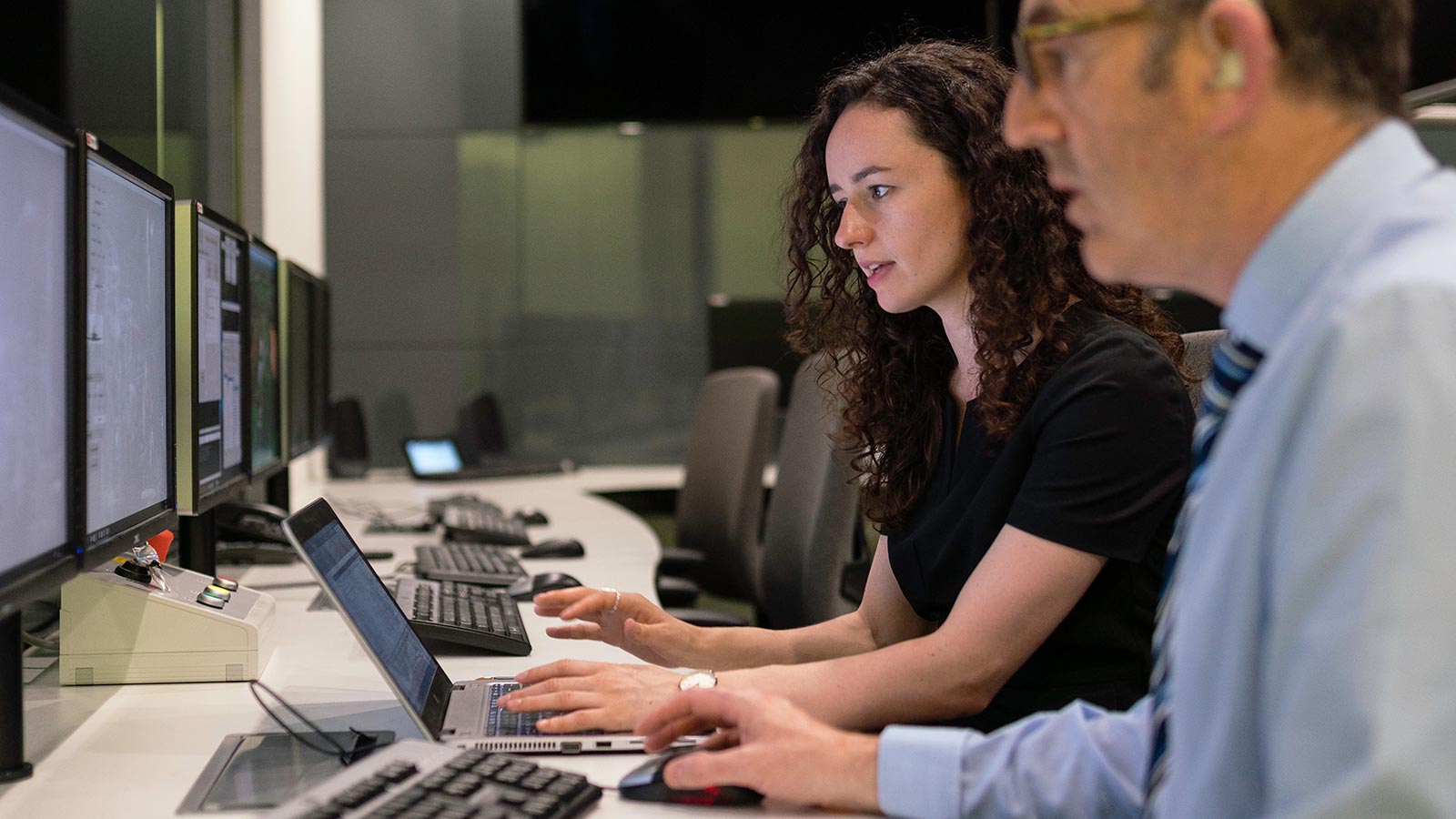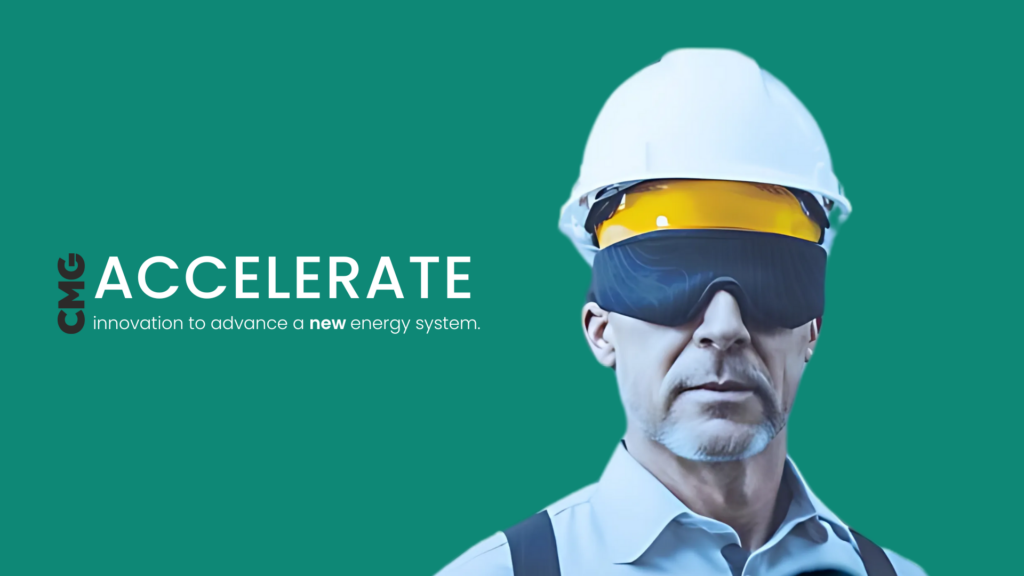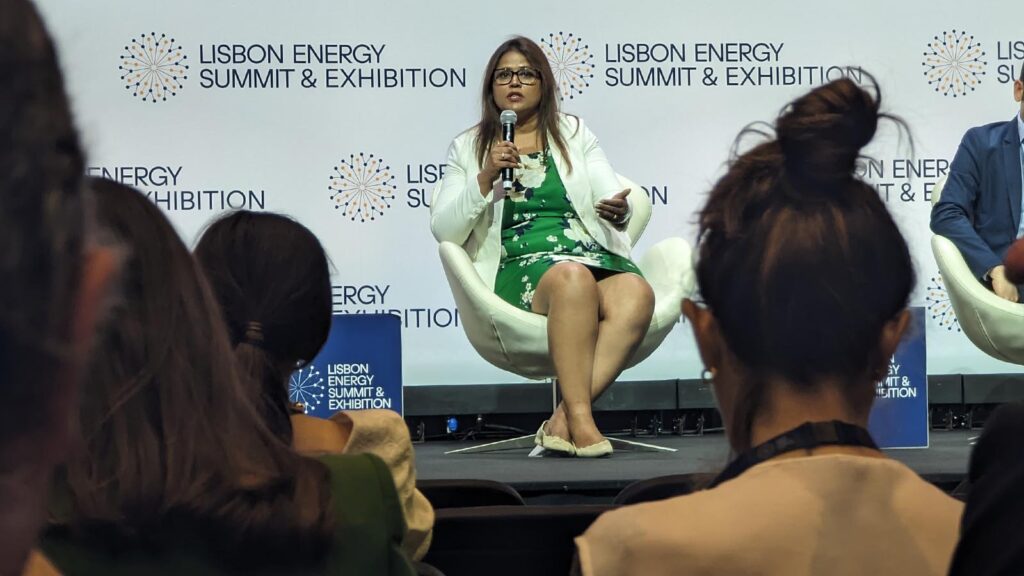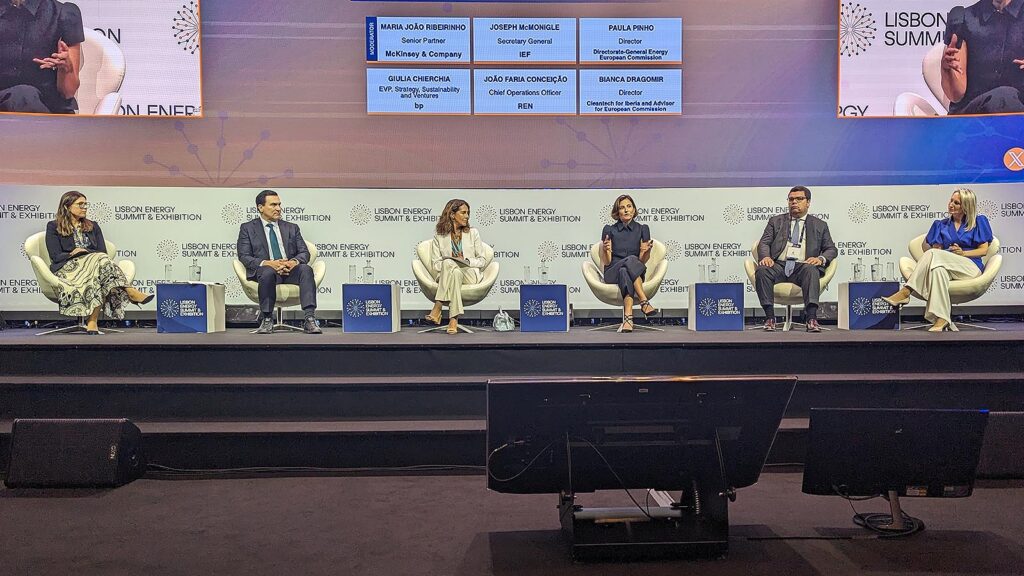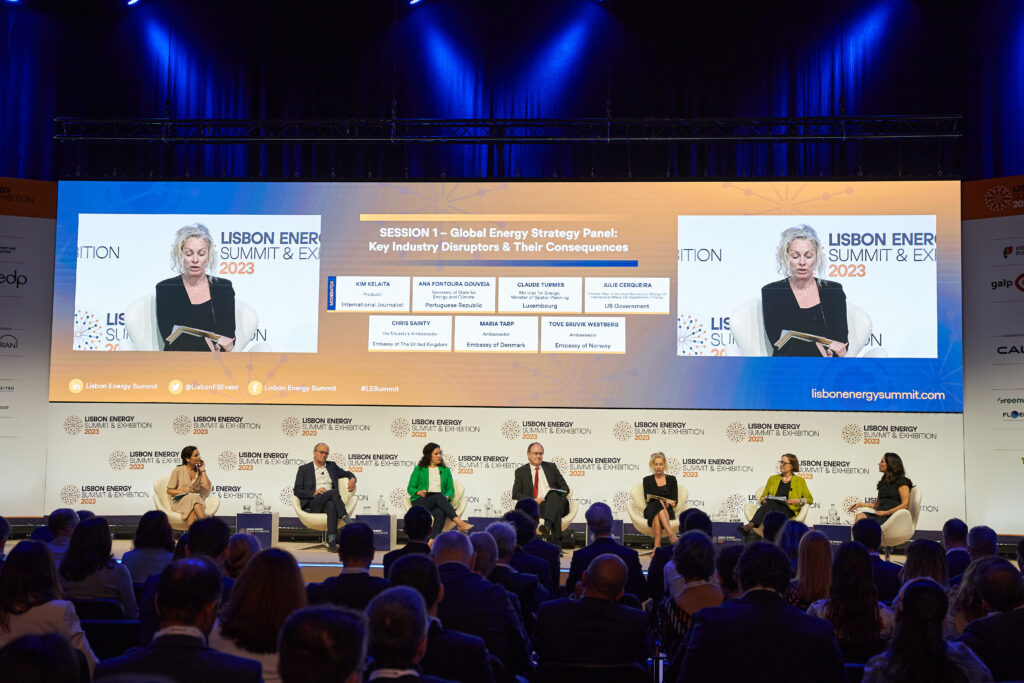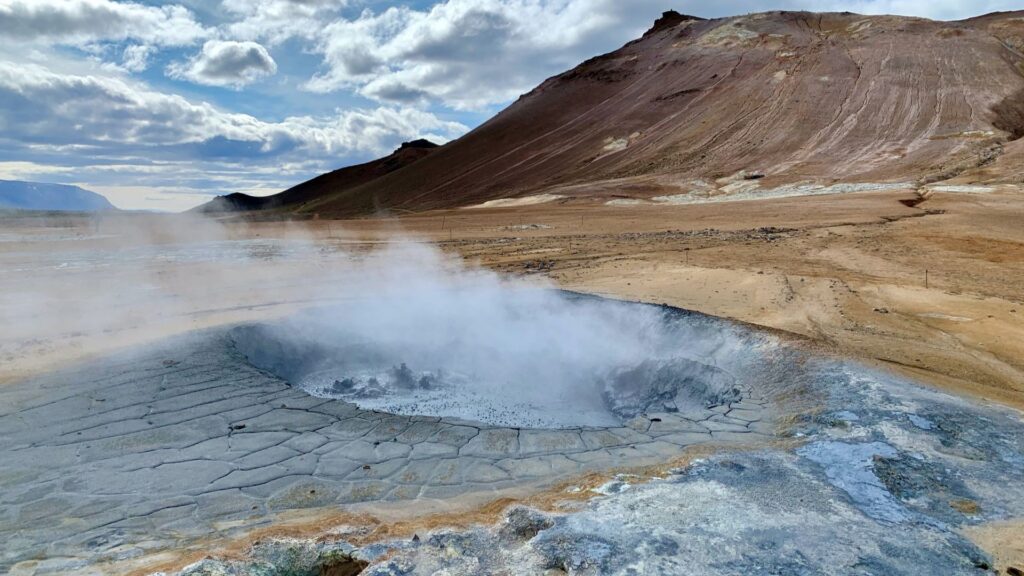By Pramod Jain, CEO, Computer Modelling Group (CMG)
Imagine showing up to work every day and having to do your job wearing a blindfold. A radical thought — likely implausible for almost anyone, in any industry.
Except for engineers in the energy sector who have to design and develop methods to extract oil and gas from underground reservoirs. Or seek to put carbon dioxide back into the Earth (as is the case with some energy transition projects). They do this every day.
The subsurface is a complex, geological puzzle that requires modelling to predict probable outcomes from actions — because we can’t actually see what happens below the Earth’s surface.
So how do engineers work with a blindfold on? Simulation software.
Simulation plays a critical role in the energy industry — it helps us “see” what’s hidden underground. Companies use simulation to optimize well development plans before drilling, maximize production from oil and gas reserves, and lower production cost and reduce risk.
Simulation software is not new — it’s been around for decades (we’ve been doing it since 1978). It’s advanced, and trusted by energy companies around the world who use it to optimize production.
Many of those companies are now also turning to simulation technology to decarbonize production — and are specifically focused on using simulation to advance carbon capture and storage (CCS) projects.
CCS projects are complex because they require integration between infrastructure above ground, and the geological formations in the subsurface. Storing CO2 underground requires advanced modeling scenarios to understand risk and potential outcomes. And there are many variables to consider — well location, rock type, temperature, fluids, and how CO2 moves underground, to name a few.
By giving us eyes underground, simulation technology is the only trusted method to predict probable outcomes, using mathematical equations to model subsurface conditions and give engineers scenarios to consider before taking action.
Simulation is also especially critical when it comes to predicting outcomes and mitigating risk of leakage. In these cases, experimentation is not an option and an organization will face considerable financial, brand, and environmental exposure when leakage occurs. Energy companies must rely on time-tested and proven technology to simulate scenarios, which in turn helps to manage that risk.
Simulation is also a game changer for regions and companies that want to capitalize on emerging opportunities such as clean hydrogen, emissions reduction, carbon storage, or geothermal systems.
Technology will get us further ahead, but one of the business problems for energy companies is that CCS projects have largely been viewed as a liability on a balance sheet. Furthermore, decarbonization journeys play out over long timelines (decades, not years).
According to the Global CCS Institute, some 30 large-scale CCS facilities are in operation around the world, capturing and permanently storing millions of tonnes of CO2 each year. We need at least 2,000 of these commercial-scale facilities by 2050 if the world is to meet its climate mitigation targets, according to the institute.
Going forward, we will see these numbers grow and timelines advance thanks to simulation technology advancements, and tax incentives being put in place by some governments.
It’s possible to turn liabilities into assets
We at CMG have multiple technologies and decades of actual project implementation experience. Despite that, CCS is still often regarded as a cost center, and many companies only do it because they are legislated to do so.
Simulation has a role to play here, too.
Using simulation software, energy companies can generate predictions to guide investment and engineering decisions around CCS projects. And when those efforts are backed by tax incentives like those in the U.S., CCS projects can be viewed as assets instead of liabilities.
Take for example an end-of-life gas reservoir — when the reservoir is abandoned, it becomes a liability on an energy company’s balance sheet. Instead of abandoning the reservoir, energy companies could convert it into a CO2 storage site. The subsequent tax incentives transform it into an asset.
If this sounds out of reach, consider our knowledge and application of injecting carbon dioxide into a reservoir for enhanced oil recovery. Using simulation software, we can model what is needed to store CO2 permanently in the ground.
We can also take this a step further. By heating the cooled CO2 inside the ground, we have the ability to create and power a closed-loop geothermal heat system.
Of course there are engineering challenges and expenses, as you have to put infrastructure in place to create the closed loop, but it’s just one of many examples showing how a liability can be turned into an asset.
The game-changer today is simulation plus machine learning
Modeling the subsurface is a daunting task, especially when it involves the behavior of CO2. This fluid undergoes transitions from gas to liquid to supercritical phase, where it exists as neither a true gas nor a liquid but rather as a state with properties of both. Its sensitivity to temperature and pressure changes add to the complexity. Achieving precision becomes a critical concern when attempting to simulate its behavior within precise temperature and pressure parameters.
Simulation has become a vital tool to ensure precision in modeling CO2 behavior and by creating virtual models of complex systems such as CCS, engineers are empowered to analyze their performance and optimize designs to mimic and replicate the production process, making any tweaks early in the process. This mitigates risk, saves time and expense, and ensures safety.
Anyone who has done simulation will tell you it can take a long time, as computers work through complex algorithms and mathematical models to make predictions.
That is changing too, as large data sets are now being fed into machine learning models that can recognize patterns and learn to reason. When we move those machine learning environments into the Cloud — where we can tap into high-performance computing power — we can then generate simulations in a matter of hours and sometimes minutes, not days or weeks.
With the help of simulation technology, which combines the physics of geology with machine learning, we are addressing major challenges that have thus far held CCS from going mainstream.
The first step is to take off the blindfold.
Sign up to receive newsletter updates from Accelerate on LinkedIn.

